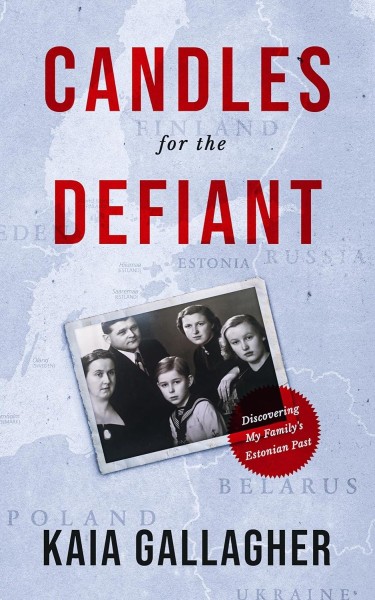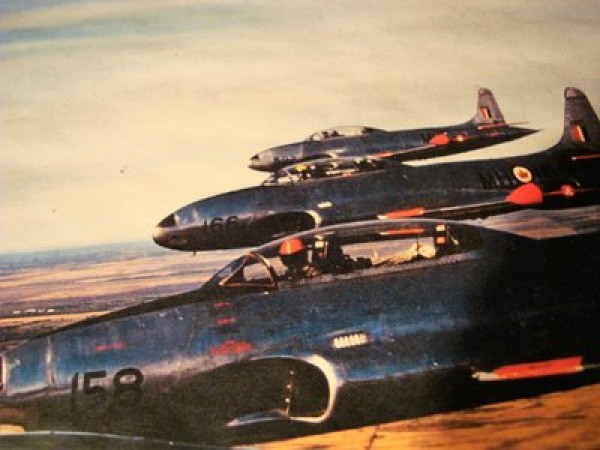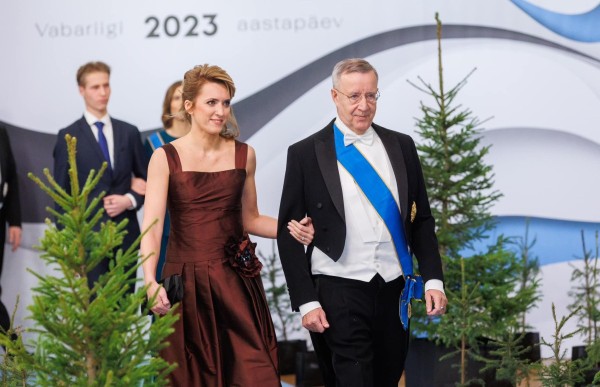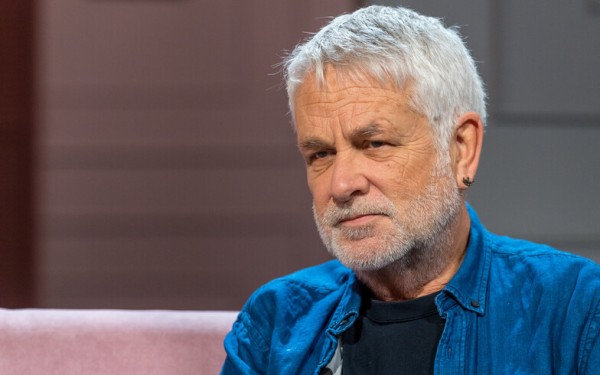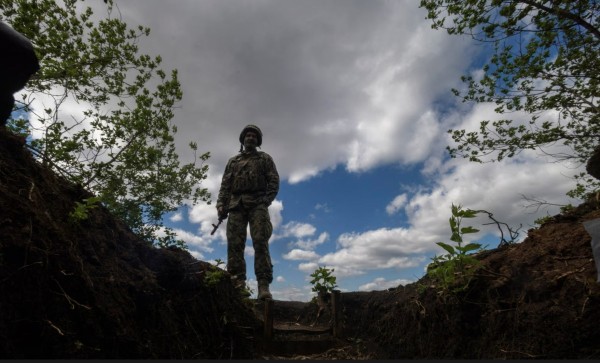STRATFOR December 7, 2011
Summary
A retired Estonian general said in a recent interview that the country
should build up its independent defensive capabilities in response to an
increasing Russian military presence on the Russian side of the border. As
Russia reacts to the United States’ ballistic missile defense plans for
Central Europe, Estonia is becoming more concerned about Russia’s defense
posture in the region. While Estonia depends greatly on alliances and
cooperation for its defense strategy, it could benefit from improving its
defense capabilities independently, though it faces significant
constraints in this regard.
Analysis
Retired Estonian Defense Forces Lt. Col. Raivo Tamm said in an interview
published Dec. 5 by ERR that Estonia should independently build up its
defensive capabilities in response to a growing Russian military presence
on Russia’s side of the border.
However, Estonia’s terrain disadvantages and the sheer scale of the
challenge it faces in defending against Russia far outstrip its economic
and demographic capacity (even compared to Georgia before its war with
Russia in 2008). Thus, even if Estonia succeeds in expanding its own
capabilities, its defensive strategy will still rest on a foundation of
alliances and regional security cooperation.
Tamm pointed out that Russia recently doubled its troop presence in the
northwestern region bordering Estonia and said that Estonia’s response to
this requires a balanced approach, including cooperation with NATO and the
European Union and an increased independent capability on Estonia’s part.
He then used the Russo-Georgian war of 2008 as an example, saying the
conflict caught the world off guard and had a long reaction time —
something he said Estonia should try to avoid. Tamm was not implying that
a Russian attack is imminent. However, he said that such an attack is
theoretically and technically possible. The retired colonel said he did
not see a reason to panic but that Estonia needed to more seriously
consider Russia’s actions and how it should respond.
Tamm’s comments reflect Estonia’s increasing nervousness about Russia’s
defensive posture in the region, particularly because of the growing
tensions surrounding the United States’ ballistic missile defense plans
for Central Europe. Washington’s unwillingness to address Russia’s
concerns about the plans not only led to the Russian troop buildup near
the Estonian border but also prompted Russia to make preparations to
deploy Iskander missiles to the Russian exclave of Kaliningrad, which
Russian military officials claim can be done within six to 12 months. The
Iskander deployment is not much of a tactical concern for the United
States, as it does not change the strategic military balance in the
region. However, the countries near Kaliningrad — the Baltic states and
Poland, specifically — do not have the luxury of being comfortable with
the deployment and the growing Russian assertiveness it represents. These
are only the latest developments; Russia’s purchase of Mistral carriers
from France with plans for Baltic Sea deployment, as well as Russia’s
Zapad military exercises that simulated an invasion of the Baltic states
and Poland, have also made Estonia increasingly nervous about the Russian
threat.
Estonia’s small military, location and terrain and limited economic and
demographic resources all constrain the country’s ability to respond to a
potential Russian attack. If Estonia faced the same force that Georgia did
when Russia invaded in 2008, the campaign would not last long. With forces
in the region, Russia has the ability to quickly overwhelm Estonian
defenses, and an invasion would last a matter of days, if that.
The Estonian military has approximately 4,800 troops, of which 2,500 are
conscripted (conscription makes meaningful training and experience
difficult), in addition to 11,500 professional reserves. Estonia does not
even possess heavy armor, a substantial air force, or anti-aircraft
defenses save a few shoulder-fired missiles. As a point of comparison, the
Georgian military that faced a Russian invasion in 2008 had four regular
infantry brigades and one infantry brigade under formation, with a total
strength of approximately 20,000 troops and 6,000 Interior Ministry
forces.
Compared to Georgia, Estonia is also at a geographic disadvantage. The
entire Georgian border with Russia is in the heart of the North Caucasus
range. The mountainous terrain restricts troop movements and makes armor
movements very difficult. Estonia, however, sits on the North European
Plain and is flat and forested. Estonia could be facing a minimum of four
Russian brigades near the border area alone. Furthermore, Estonia’s entire
coast — including Tallinn — would be vulnerable to Russia’s Baltic Fleet.
In other words, Estonia is militarily indefensible.
Because Estonia’s individual military capabilities are so limited, it will
have to continue building alliances to bolster its security. The country’s
weak position relative to Russia could add some urgency to the
strengthening of the Nordic Battlegroup, which would give Estonia the
opportunity to join a closer (in terms of geography and interests)
security group that could come to Estonia’s aid as opposed to the larger
and more disparate NATO. However, this grouping is still in its nascent
stage and currently has less than 3,000 troops. While emphasizing the
importance of the Baltic-Nordic grouping might seem to contradict the
independent capability Tamm advocates, having a stronger independent
capability would make Estonia a more attractive ally.
Estonia’s strategic position and obvious vulnerabilities at a time of
increased threats from Russia gives the country’s new military chief,
Brig. Gen. Riho Terras, something to think about as he begins his tenure:
the possibility of adding a greater independent defensive capability to
Estonia’s existing alliance-based defense. However, those vulnerabilities
and its proximity to Russia will always limit the effectiveness of its
independent defensive capabilities.
www.stratfor.com
Estonia's Defensive Options Against Russia
Inimesed
TRENDING






